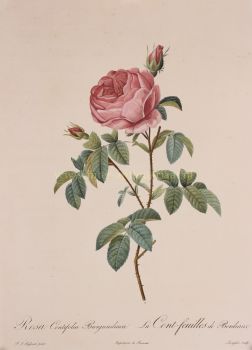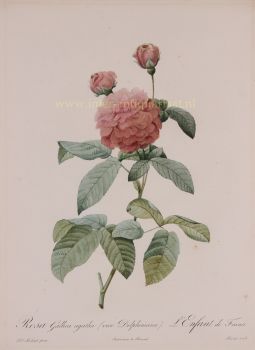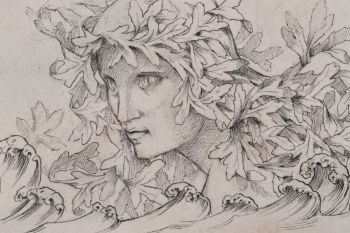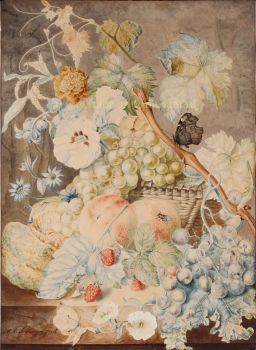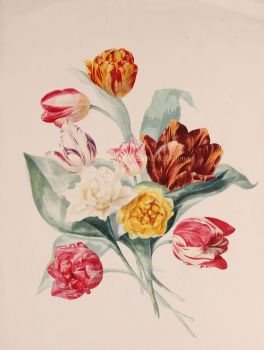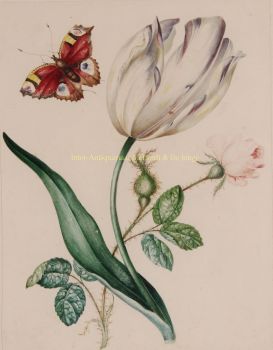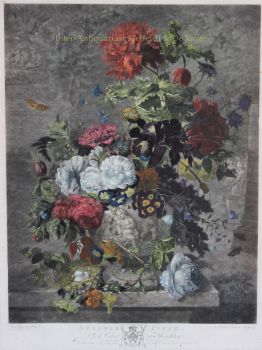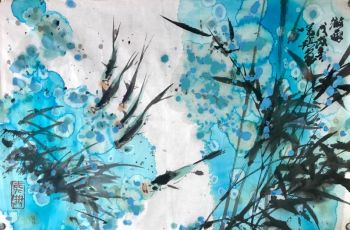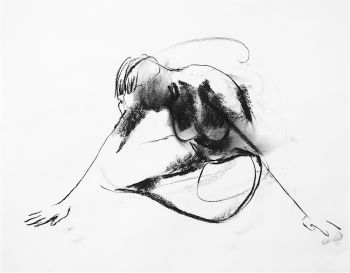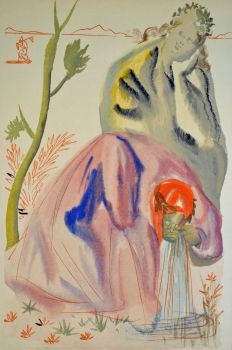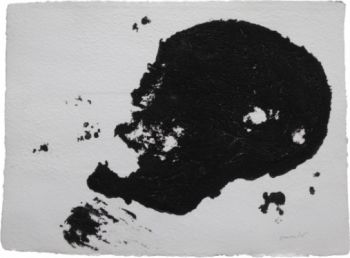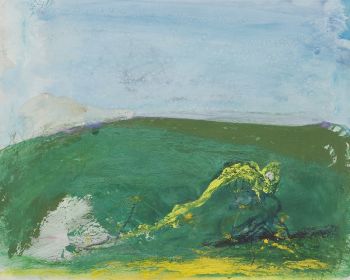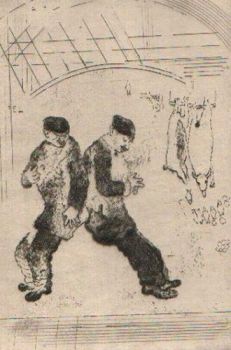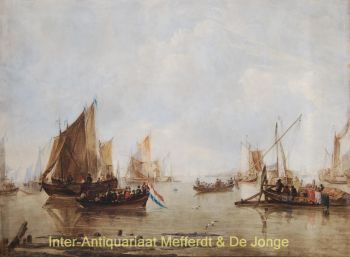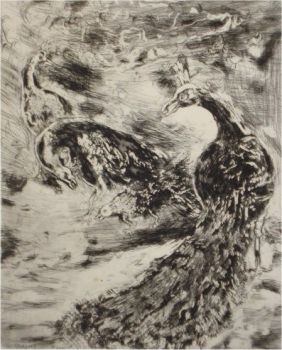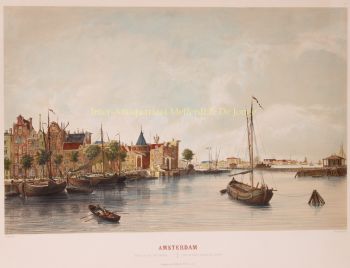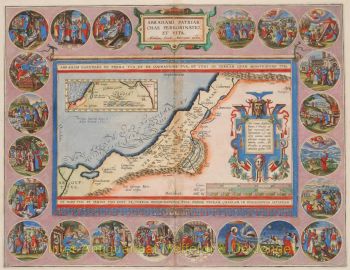About the artist
Redouté is best known for his paintings of flowers in the garden of the castle of Malmaison. He was born in Saint-Hubert, part of the Duchy of Luxembourg at the time, but now located in Belgium. He was the official court artist of Marie Antoinette of Austria, for whom he painted plants from the garden of the Kleine Trianon. He continued to paint during the turbulent days of the French Revolution and the Terror. His assignment was to document gardens that had become national property.
In the service of the Empress Joséphine de Beauharnais, Redouté was able to indulge his talents in books with drawings of flowers from all over the world and drawings of the roses in the garden of Malmaison. After Joséphine's death, he went through a difficult period. In 1822 he entered the service of the Muséum national d'histoire naturelle. Three years later he became a Knight of the French Legion of Honour.
Besides being a painter in the tradition of Flemish and Dutch masters such as Jan Brueghel the Elder, Rachel Ruysch, Jan van Huysum and Jan Davidsz. de Heem, Redoute was also important for science. He made more than 2,100 drawings of 1,800 different species of plants, many of which were unknown at the time.
Redouté was a student of Gerard van Spaendonck, director of the Jardin des Plantes in Paris.

